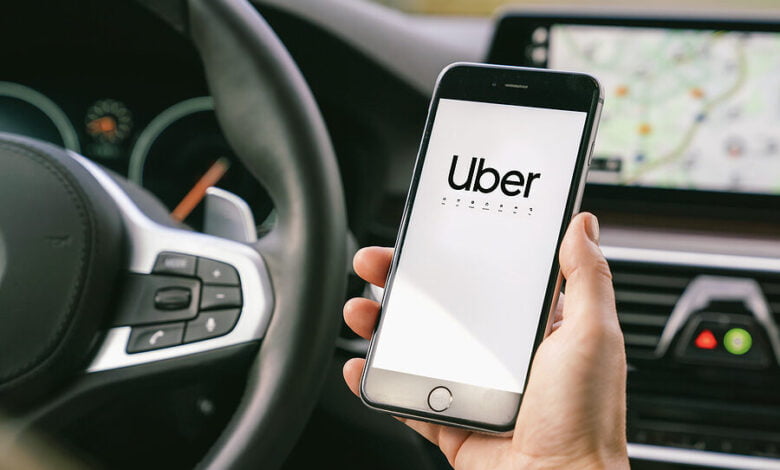How does Uber’s massive success affect the Indian economy?

According to a survey commissioned by the ride-hailing giant, Uber India created an estimated INR 44,600 Cr in “economic value” for the state in 2021.
“Uber unleashed an estimated 44,600 Cr in economic value for the Indian economy in 2021, according to estimates. The cab aggregator stated in the study that this “includes both the impact of profits of driver-partners and the larger indirect and induced multiplier effect created all over the company’s increased supply chain.

How did Uber achieve such massive success?
Uber, which first set up shop in India in 2013, now has offices in 29 cities, some of which are one of the world’s busiest. Most of the country’s roads are usually bad, filled with traffic, potholes, and people. They are also marked by constantly changing routes and a chaotic, almost balletic, interpretation of driving regulations.
Many of its local drivers are not just unaccustomed to using smartphones, but some are also uneducated. Drivers and passengers mostly don’t speak the same language. Many drivers need financial assistance to buy or lease automobiles, and they subsequently need ongoing assistance to manage their money and other aspects of their small enterprises.
Additionally, there is competition. Ola Cabs, an aggressive and well-funded Indian competitor to Uber that runs in 100 cities and provides a large range of services than it does, competes against it.

Most Indian cities do not have enough public transportation, and walking can be dangerous due to the unclean air and lack of sidewalks. Every two days, three pedestrians are killed in Bangalore.
This presented an opportunity for Uber. Both believed that technology would make it possible for them to provide rides that were less expensive than other types of transportation and more readily available to a larger part of Indians.
Mr. Kalanick has stated that private automobile ownership is the main rival; if Uber can provide you with a cheap trip instantaneously, it might be able to compete with the price and trouble of owning a car. Car ownership is widespread in rich nations like the US, but not in India. The possibility was there, then, for ride-hailing services to completely eclipse private automobile ownership.

Uber’s generated economic value for India
Based on driver earnings and the larger indirect and induced multiplier effect produced all over the company’s increased supply chain, the overall economic impact was determined. The conclusions were then derived by feeding these factors into the modeling framework.
Uber India stated in the report that it generated 1.5 lakh crores in consumer surplus for Indian users.
Consumer surplus is the repayment that consumers are ready to pay to no longer have access to the app for the upcoming month, according to the report.
“Uber unleashed an estimated INR 44,600 Cr in economic value for the Indian economy during a difficult period in 2021 that was highlighted by a devastating second Covid wave.
Uber India and South Asia President Prabhjeet Singh stated, “We are proud of the contribution we have made and stay committed to driving large change through every journey on the Uber network.

The Effect on Community
Uber India declared that its drivers used the ride-sharing app to generate an extra INR 1,700 Cr in ‘higher income‘ annually. According to the report, this salary was generally 49% higher than the next best alternative job for drivers.
According to the report, a whopping 96% of all riders in the state utilized it for “convenience”. According to the article, Uber reportedly saves riders 16.8 billion hours annually.
In addition, the study showed that 97% of the female riders surveyed said that safety played an important role in their decision to use Uber. The report also said that a significant factor in 84% of the customers asked choosing not to possess a vehicle was Uber.
A group of journalists last month made a wealth of information about its activities around the world available to the public. According to the Uber Files investigation, it courted strong individuals to facilitate its entry into other states and frequently obstructed investigations. Additionally, Uber India calculated that one-fourth of its ride journeys involved public transportation.
The ride-hailing company cited drivers’ preference for working with it as being mostly due to their “flexibility” at work and their ability to choose their hours.
According to the report, the large majority of drivers reported being “very satisfied” with their encounters. The reality on the ground appears to be in sharp contrast to the report.
edited and proofread by nikita sharma




